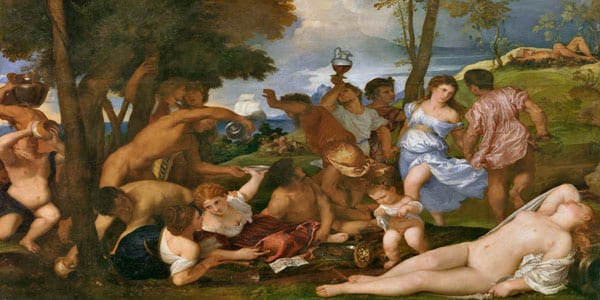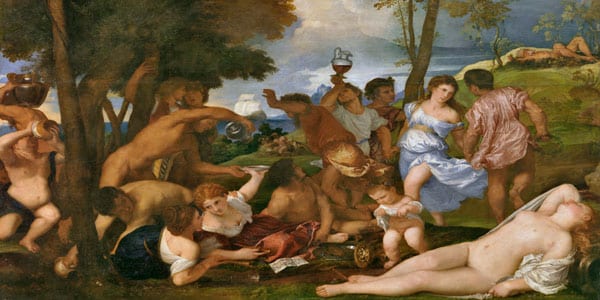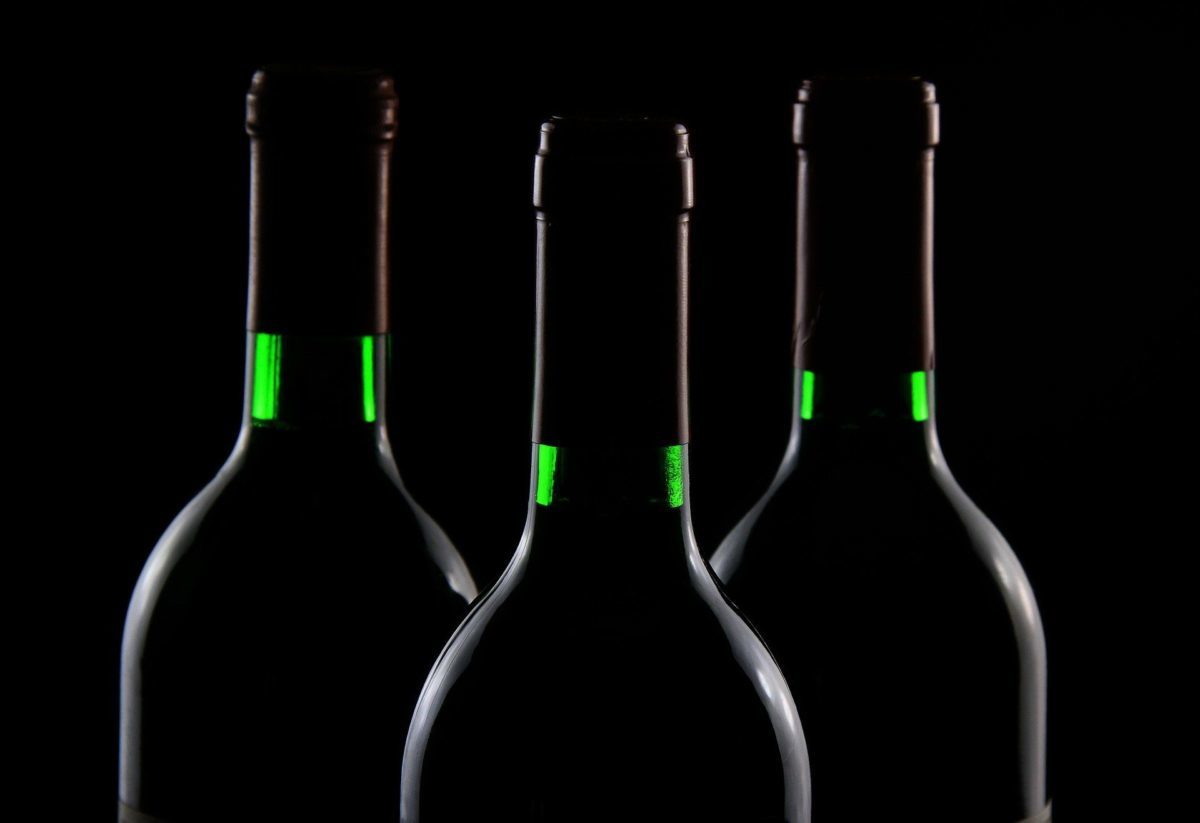
El wine it has been one of the protagonists throughout the history of art. Moreover, it has been said that it is the only art that can be drunk. It has been reflected in different ways: the grape, the vine, the vintage, a porrón, Dionisio or Baco. As can be seen in The Wine Route through the Prado Museum.
Initiative of the Prado Museum with wine
El wine -from Latin wine, associated with strength and vigor - is part of the Mediterranean triad. Along with olives and cereals, now the Prado Museum wants to pay tribute to him.
The origin of wine dates back to the year 3.000 BC, when the first conscious manufacturing process was performed in Mesopotamia. Earlier, around 5.000 BC, remains of wine were found in jars in Georgia, but the fermentation occurred by chance.
From Mesopotamia el wine moved to Egypt. There it was innovated in terms of storage in jars that were engraved with the names of people and dates of production. It became a dignified drink that was given a religious character. The first artistic representations of both the consumption of wine as their elaboration are from Ancient Egypt.
Subsequently, the innovation of Greece it was that then they not only drank to export but also imported. Thus giving rise to different types of containers, such as amphoras. They associated the drink with the world of gods.
In a fine sculpture, the Italian Adam Tadolini shows to Hebe, personification of youth. He carried a golden jug and cup to pour ambrosia. Is he wine that the gods took in the Olympus to rejuvenate.
The God of Wine, Bacchus
The Romans they refined wine production and altered its flavor and aroma by adding chalk powder, for example. And it is that they were the ones who had the most exquisite palates. It is known that both in Roma as in Greece wine was applied to the breast for the babies to begin weaning.
For the Romans the God of wine it was called Worm. Diego Velazquez he painted it with his vine leaf crown in 'Los borrachos' as he crowns a drunkard with ivy leaves. This table can be seen in the Prado Museum.
When Velázquez painted the picture in the seventeenth century on wine it was an escape from the crisis of the moment. In the painting everyone drinks wine from porcelain glasses and bowls.
Any container, even the hat, is the one used by the protagonists of 'The wine of the San Martín festival', Peter Brueghel. It transmits gluttony and greed through a human pyramid struggling to get the drink anyway. It also reflects the effects of people who drank in excess.
Works of art with wine as the protagonist
For his part, Francisco de Goya painted for the dining room of the princes of Asturias (the future Charles IV and his wife Maria Luisa of Parma). His work also from Museo del Prado it was called 'La merienda'. In it a group of nice men drink wine and eat on the banks of the Manzanares river outside of Madrid.
El wine linked to the spiritual stars in the painting 'Taste'. It belongs to the series the five senses of Rubens and Jan Brueghel. It is set in a palace room in the middle of a lush forest full of game animals that will soon become a main course.
One of the masters of the genre of still lifes, Juan Fernandez, 'the farmer', reflected in 'Four bunches of grapes hanging' with a look of a scalpel three species of grape: Santa Paula, ink and gold.







